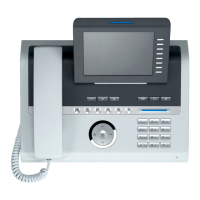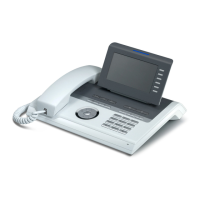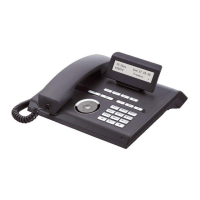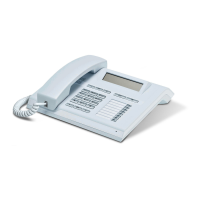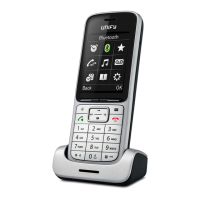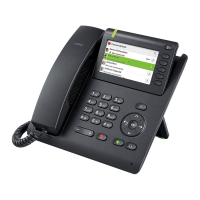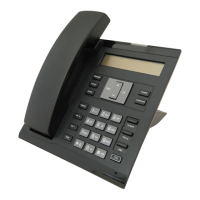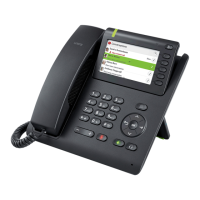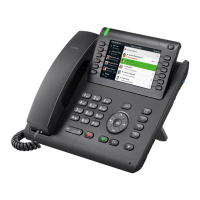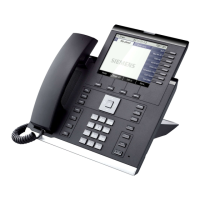32 Applications available on your OpenStage phone
Contact details
The type of data displayed for a call in the telephony interface page 30 is dependent on the in-
formation you have stored for the contact in your personal phonebook.
A contact consists of the entry in the "First name" or "Last name" fields and at least one phone
number
page 77.
In addition, you can store non-telephony-specific data (e.g. address, function, etc.) for each entry.
You can store several phone numbers for each contact. In this case, however, you should define
a preferred number
page 77.
Classify your contacts into groups page 80.
Store a picture of the contact page 78.
Managing contacts
All saved contacts are listed in alphabetical order in the "Personal" tab.
You can use the "Options" context menu to
• create new contacts page 77
• define contact display format
page 79
• sort contacts into groups
page 80
• delete the entire phonebook list
page 79
Using contacts
The following functions are available via the context menu of a selected contact:
• Calling a contact page 48
• Editing a contact
page 78
• Deleting a contact
page 79
LDAP directory
If you have access to an LDAP directory (contact the responsible service personnel), you can
search contacts in a company-wide directory.
Searching for a contact
• Searching for an entry page 82
Using a contact
• Call contact page 50
System phonebook
The "System" tab contains the central speed-dial directory, which is configured and maintained by
your service personnel. This directory contains all internal phone numbers and speed-dial num
-
bers that were assigned a name.
• Dialing from the system phonebook page 49
• Dialing with system speed-dial numbers
page 50
To manage your contact data professionally and to synchronize your data with the Outlook
e-mail program, we recommend using OpenStage
Manager page 15.
